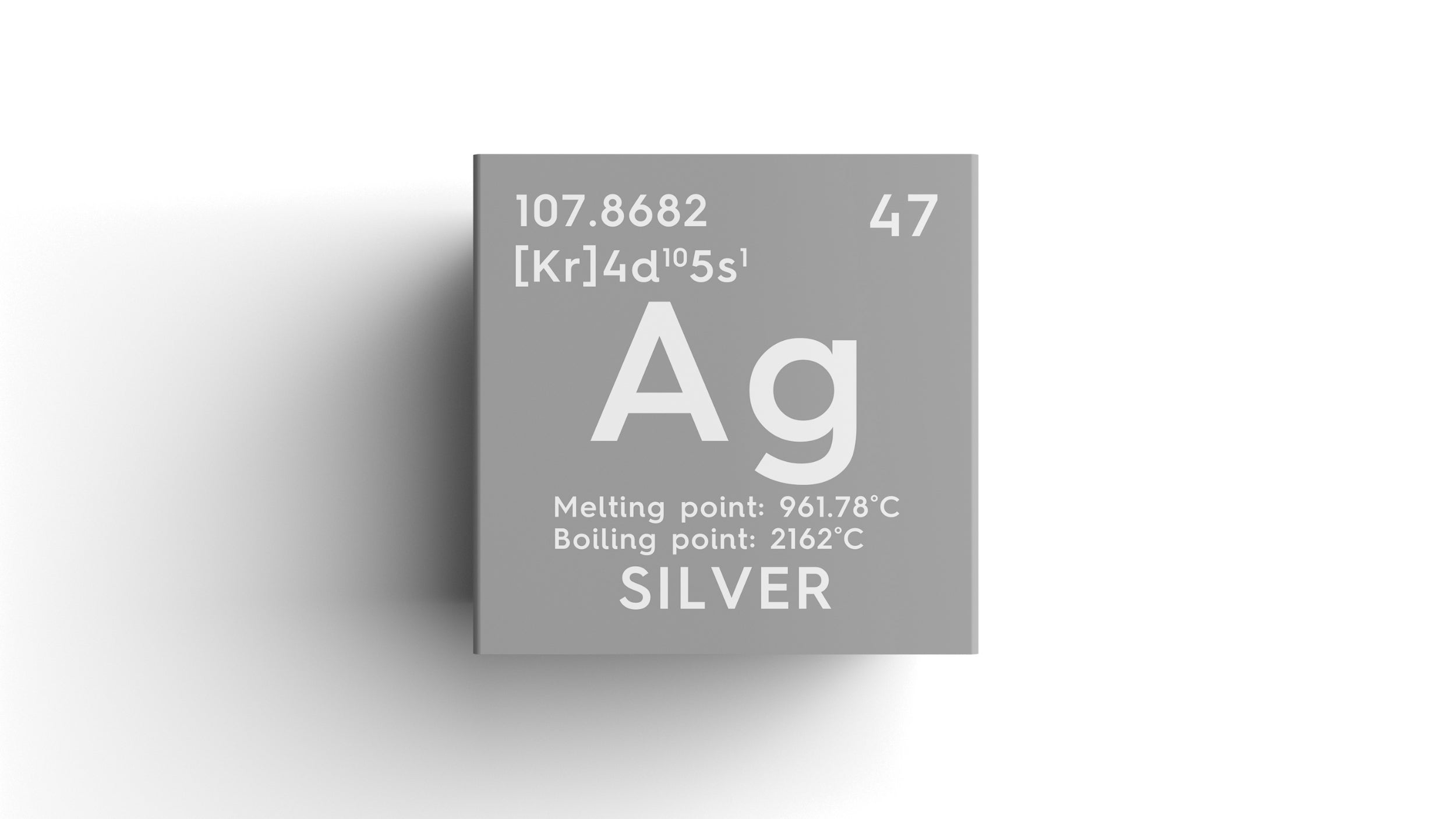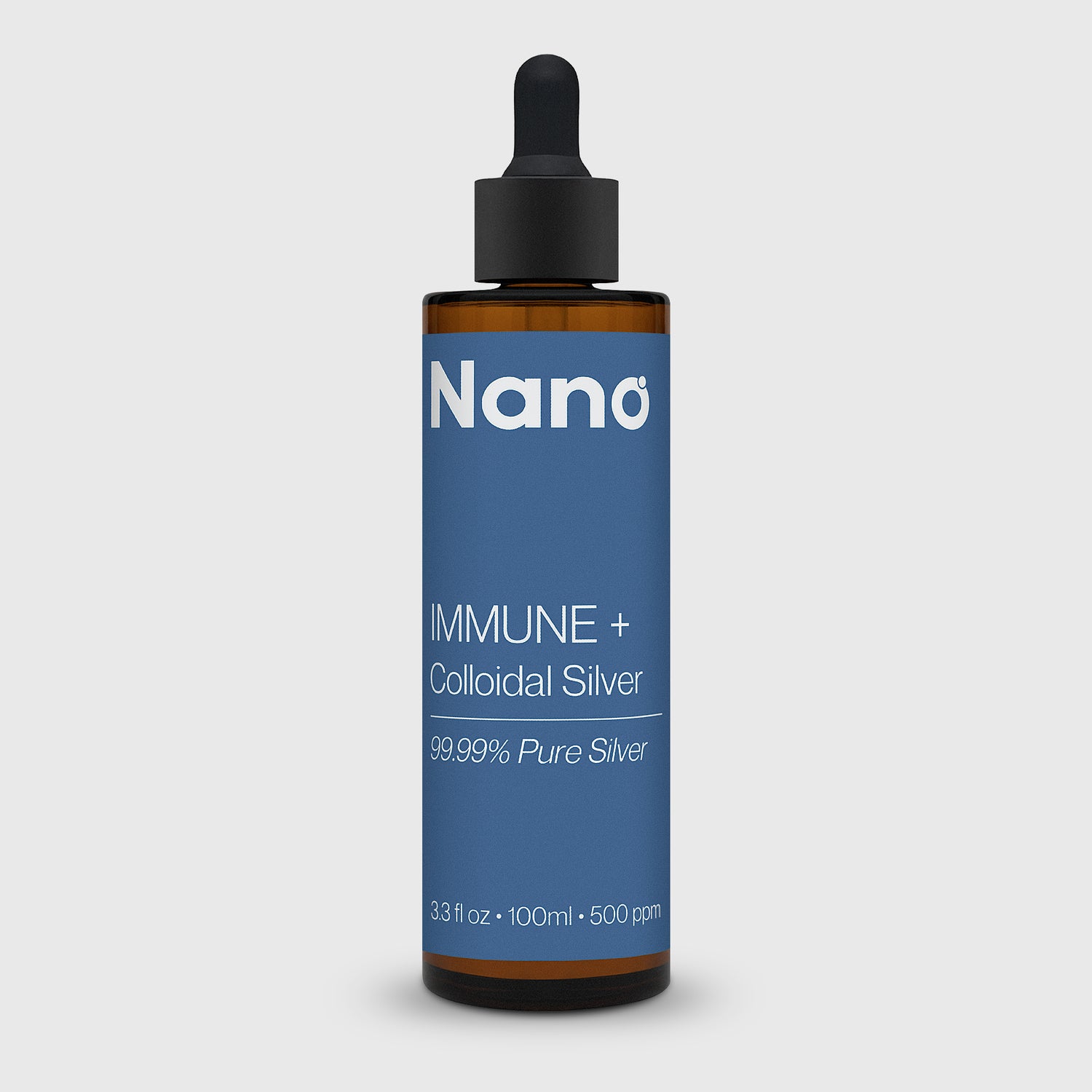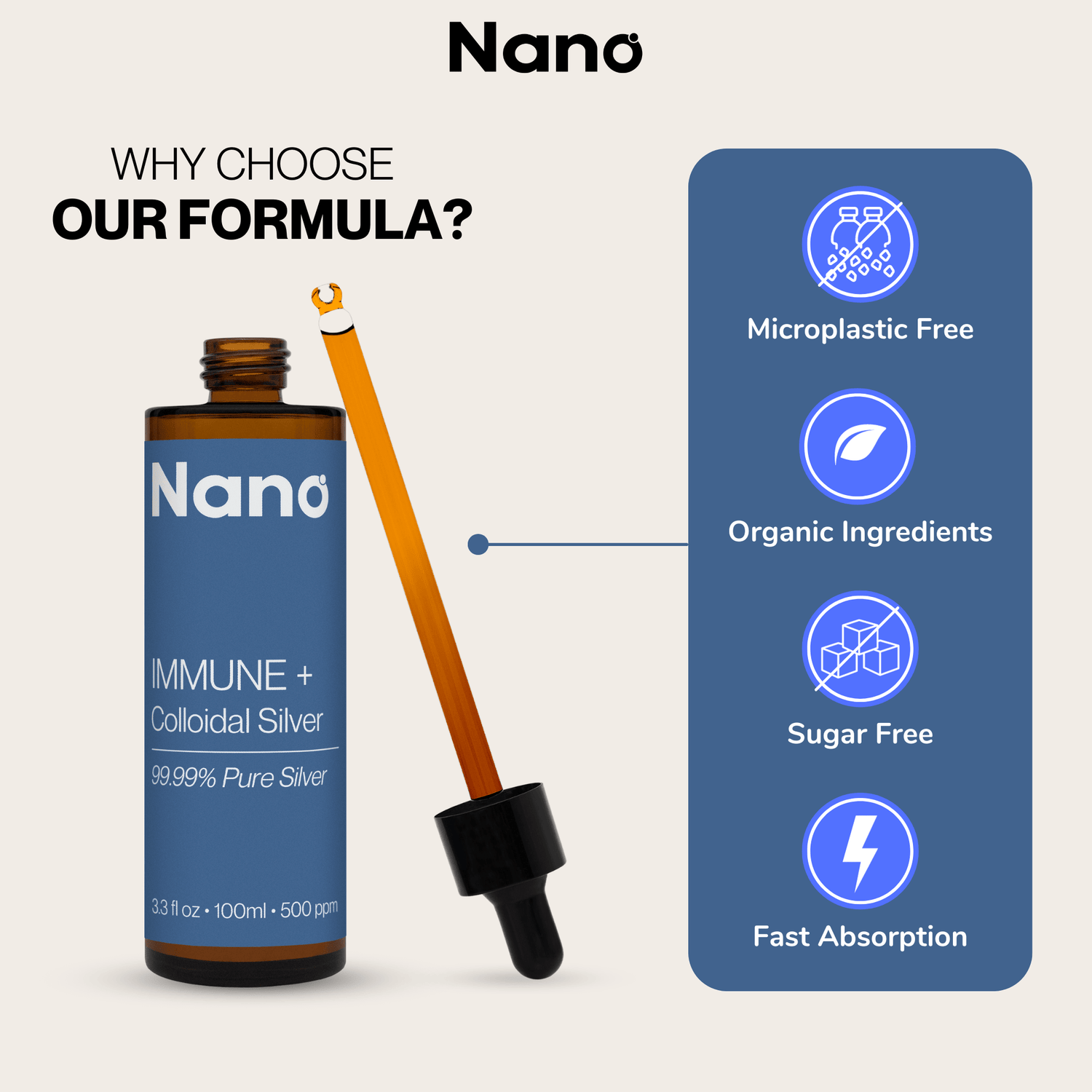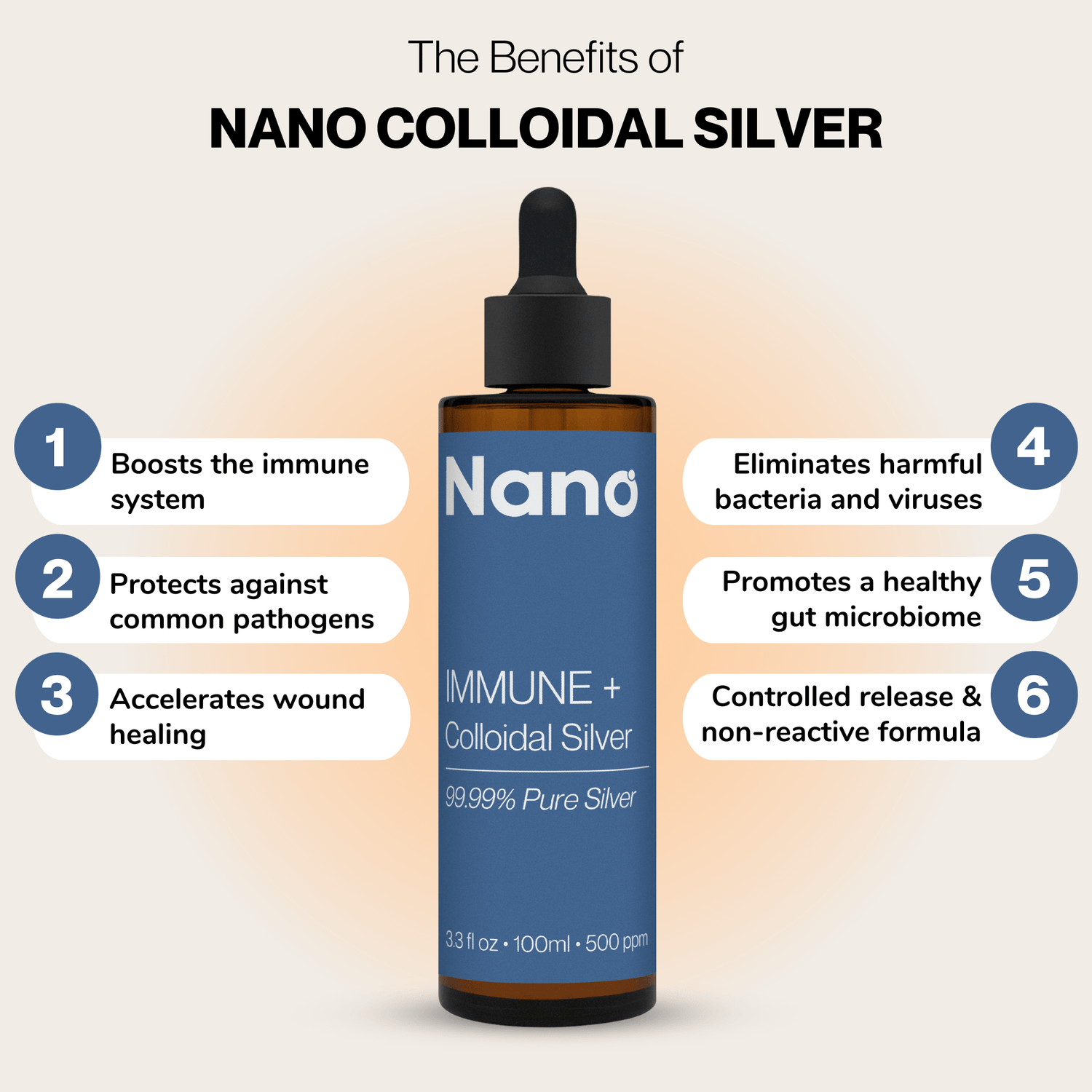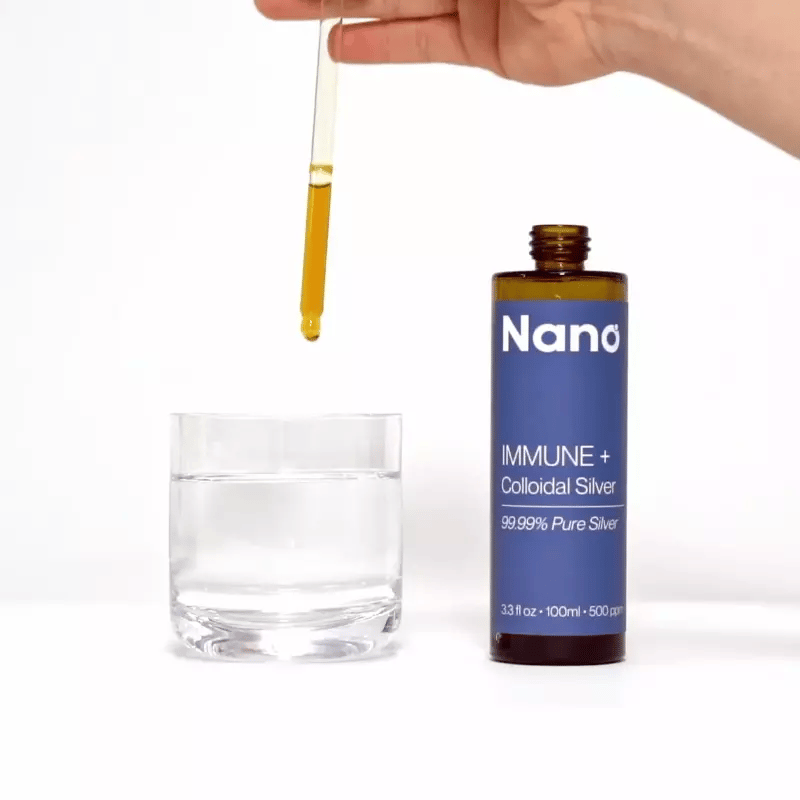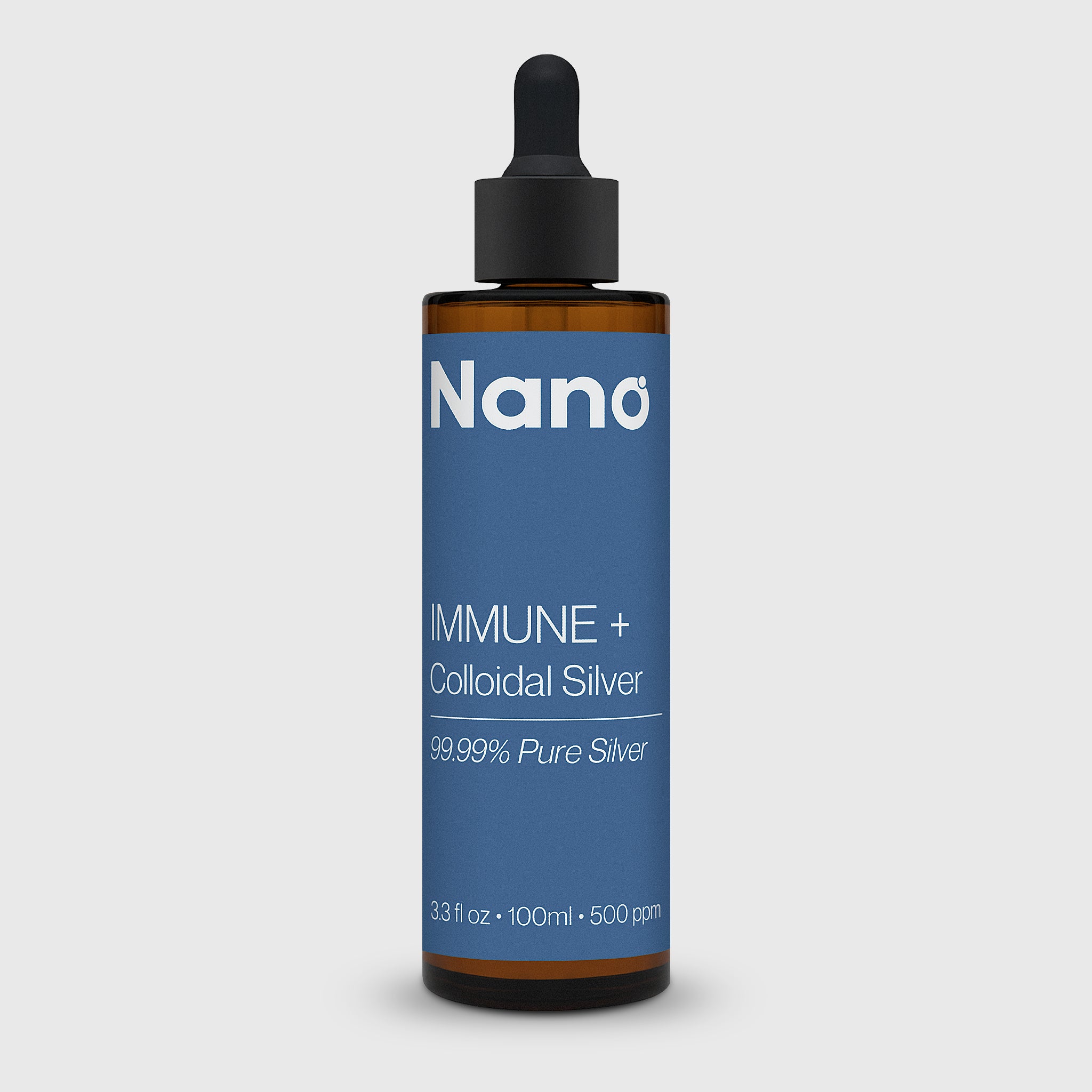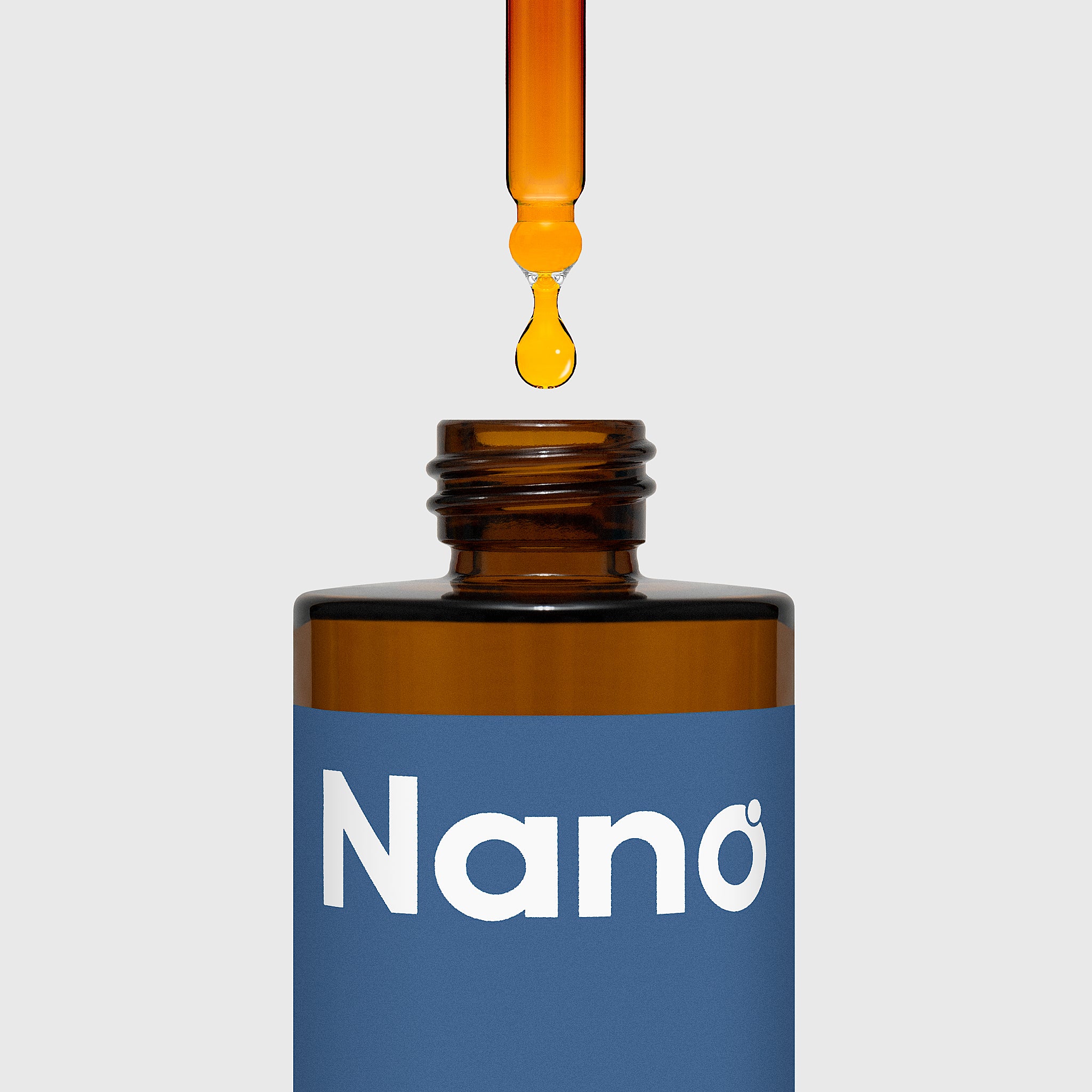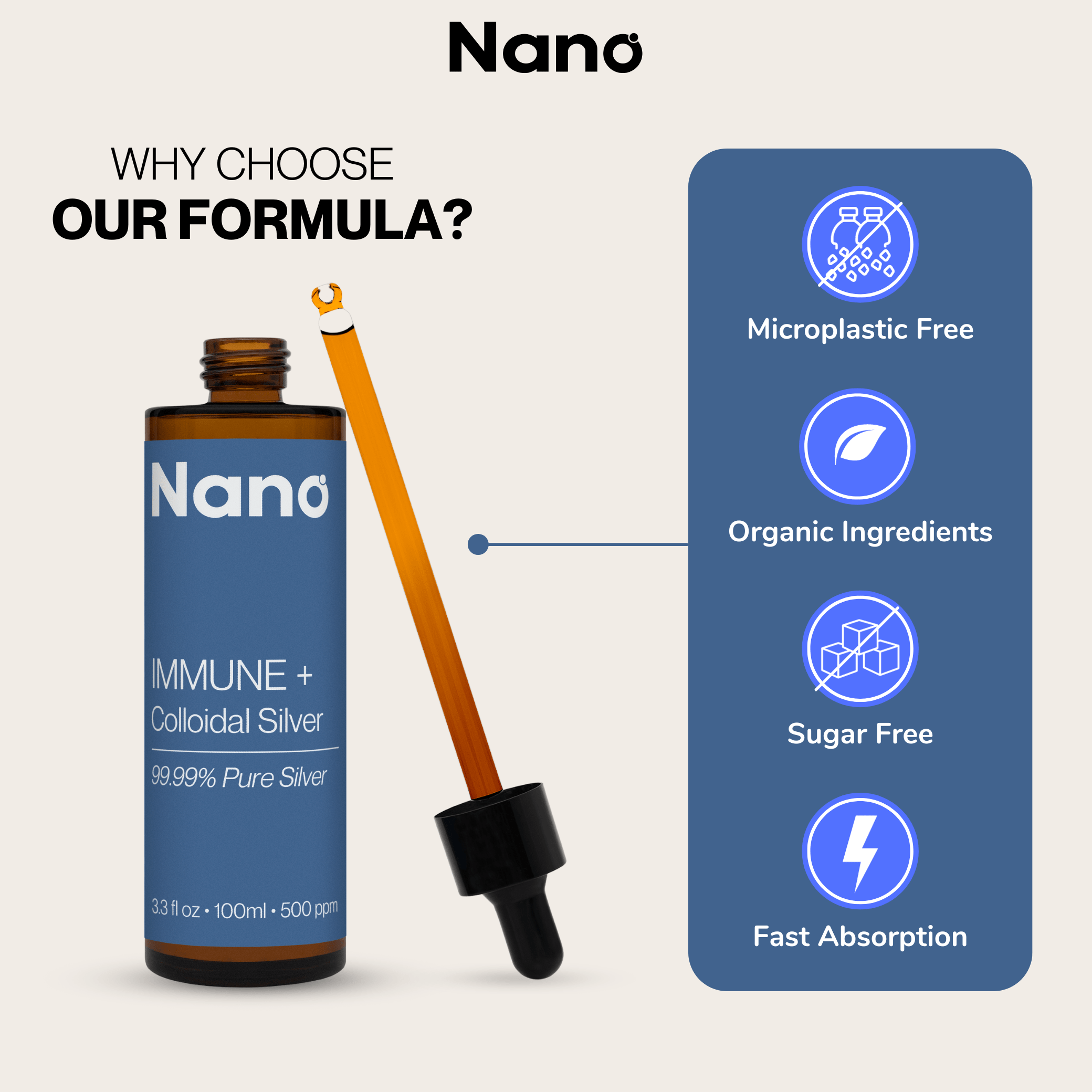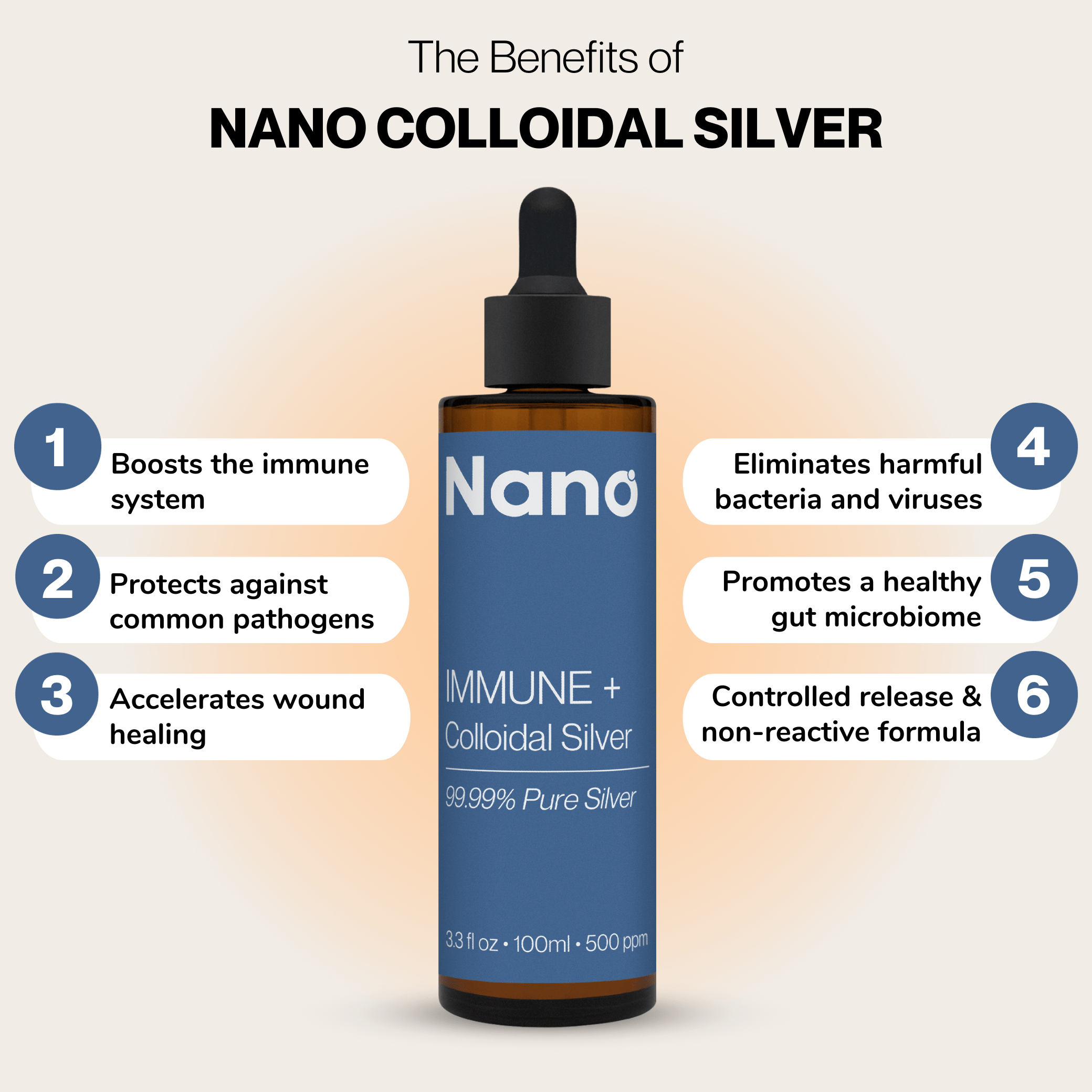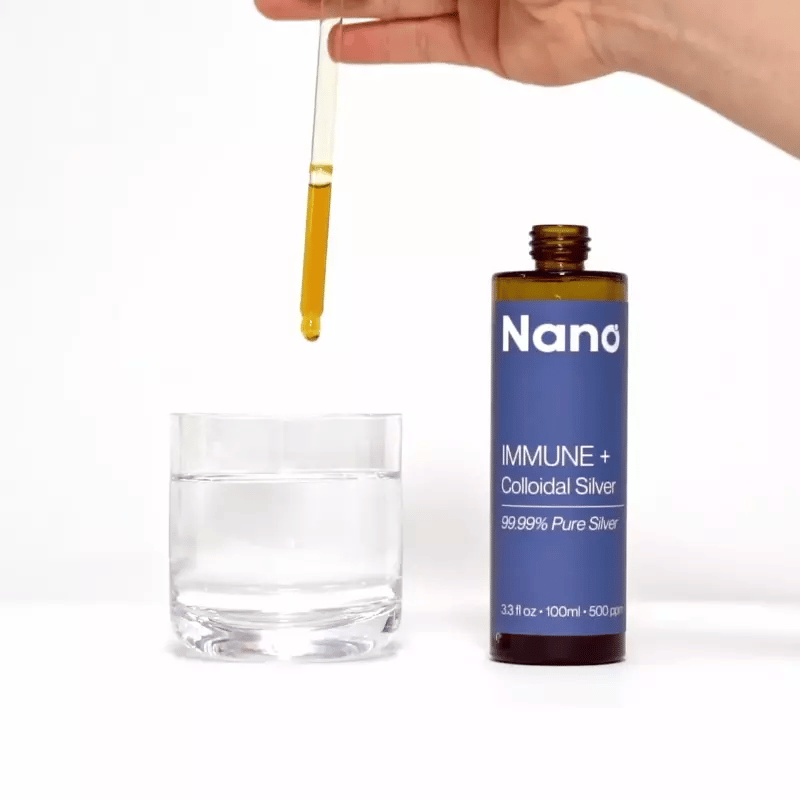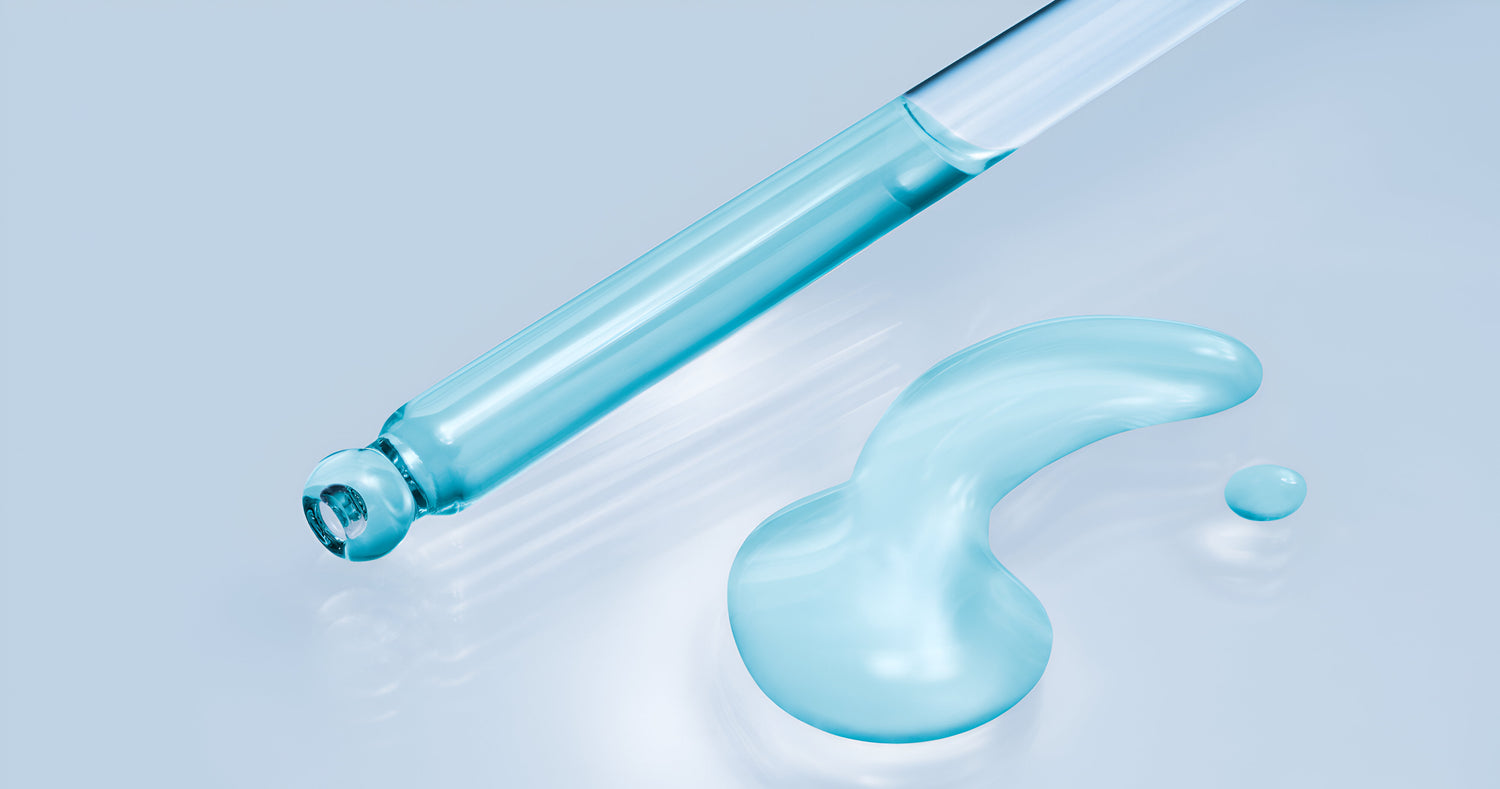Colloidal Silver Nanoparticles (AgNPs), microscopic particles of silver suspended in a liquid medium, have emerged as promising therapeutic agents with a wide range of potential applications in medicine and healthcare. Their unique physicochemical properties, including their small size, high surface area, tunable surface properties, and broad-spectrum antimicrobial activity, have opened up exciting avenues for various biomedical applications.
Therapeutic Applications of Silver Nanoparticles
Colloidal Silver Nanoparticles have demonstrated promising therapeutic potential in addressing a variety of health concerns, including:
-
Antimicrobial Activity: AgNPs exhibit potent antimicrobial activity against a broad spectrum of bacteria, fungi, and viruses. Their small size allows them to penetrate microbial membranes, disrupting their cellular processes and leading to cell death [1].
-
Wound Healing: AgNPs have shown to promote wound healing by enhancing the proliferation of fibroblasts, the cells responsible for collagen production, and accelerating the formation of granulation tissue [2].
-
Anti-inflammatory Effects: AgNPs may possess anti-inflammatory properties, potentially reducing inflammation associated with various conditions, including arthritis and skin disorders [3].
-
Cancer Therapy: AgNPs are being explored as potential cancer therapeutic agents due to their ability to selectively target and kill cancer cells while minimizing damage to healthy cells [4].
-
Drug Delivery: AgNPs can be used as drug carriers, delivering drugs directly to diseased sites, enhancing drug efficacy, and reducing side effects [5].
Mechanisms Underlying Colloidal Silver Nanoparticles' Therapeutic Effects
The exact mechanisms underlying the therapeutic effects of AgNPs are still being elucidated. However, several potential mechanisms have been proposed:
-
Disruption of Microbial Membranes: AgNPs are believed to interact with the cell membranes of microbes, causing disruption and leakage, leading to cell death [6].
-
Generation of Reactive Oxygen Species [ROS]: AgNPs can generate ROS, which can damage cellular components and disrupt microbial replication processes [7].
-
Interaction with DNA and RNA: AgNPs may interact with DNA and RNA, interfering with gene expression and disrupting microbial growth [8].
- Modulation of Cellular Signaling Pathways: AgNPs may modulate cellular signaling pathways, influencing cell proliferation, inflammation, and other cellular processes [9].
Conclusion: A Promising Future for Colloidal Silver Nanoparticles
Silver nanoparticles hold immense promise as therapeutic agents for various medical applications. Their unique properties, including antimicrobial activity, wound healing potential, and drug delivery capabilities, make them attractive candidates for innovative medical interventions.
As research continues to unravel the mechanisms of action and optimize the formulation of AgNPs, their potential to revolutionize medicine and healthcare becomes increasingly evident.
References
-
Bruna, T., Maldonado-Bravo, F., Jara, P., & Caro, N. (2021). Silver Nanoparticles and Their Antibacterial Applications International Journal of Molecular Sciences. 22(13): 7202.
- Paladini, F., & Pollini, M. (2019). Antimicrobial Silver Nanoparticles for Wound Healing Application: Progress and Future Trends Materials (Basel). 12(16): 2540.
- Lategan, K., 1, Walters, C., & Pool, E. (2019). The effects of silver nanoparticles on RAW 264.7. Macrophages and human whole blood cell cultures Front Biosci (Landmark Ed). 24(2):347-365.
- Zhang, X., Liu, Z., Shen, W., & Gurunathan, S. (2016). Silver Nanoparticles: Synthesis, Characterization, Properties, Applications, and Therapeutic Approaches. Nanotoxicology, 17(9):1534
- Naganthran, A., Verasoundarapandian, G., Khalid, F., Masarudin, M., Zulkharnain, A., Nawawi, N., Karim, M., Abdullah, C., & Ahmad, A., (2022). Synthesis, Characterization and Biomedical Application of Silver Nanoparticles 15(2): 427.
- Siddique, M. et al. (2020). Effect of Silver Nanoparticles on Biofilm Formation and EPS Production of Multidrug-Resistant Klebsiella pneumoniae, BioMed Research International
- Swolana, D., and Wojtyczka, R. (2022). Activity of Silver Nanoparticles against Staphylococcus spp. National Library of Medicine. 23(8): 4298.
- Qing, Y. et al (2018). Potential antibacterial mechanism of silver nanoparticles and the optimization of orthopedic implants by advanced modification technologies. International Journal of Nanomedicine. 13: 3311–3327.
- Zhang, X., Shen, W., & Gurunathan, S. (2016). Silver Nanoparticle-Mediated Cellular Responses in Various Cell Lines: An in Vitro Model International Journal of Molecular Sciences. Oct; 17(10): 1603.


